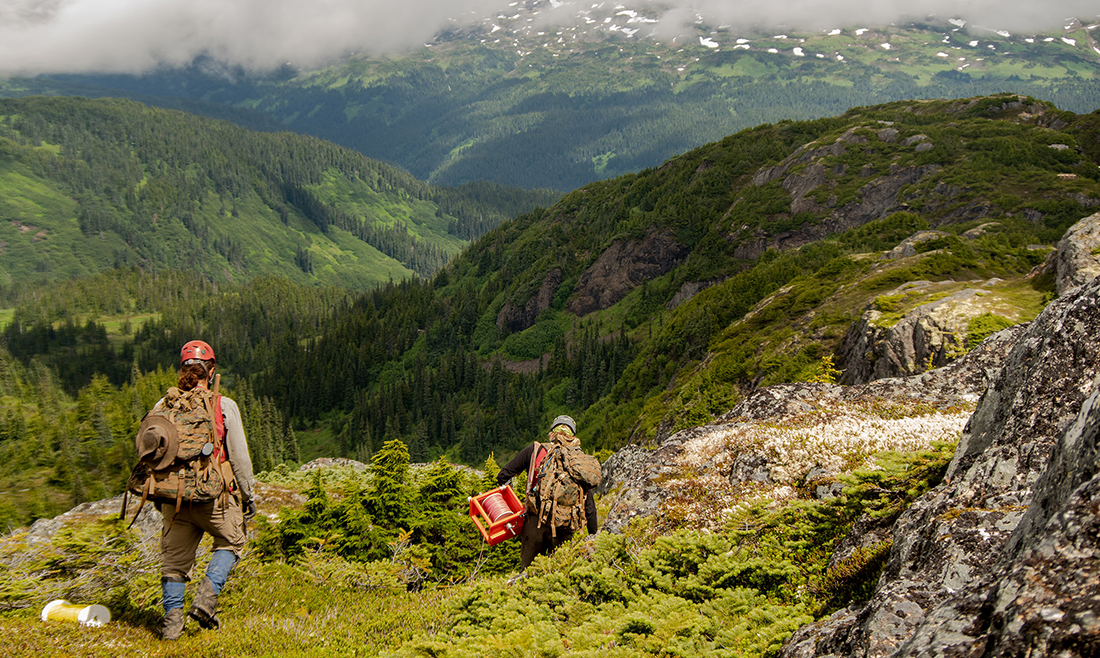Groundwater & Environmental
Dias’ proprietary ground and airborne technologies serve a broad range of environmental projects.
Ground
3D Resistivity
Resistivity methods are proven effective in mapping aquifers and aquitards, and in discriminating between fresh and saline groundwater.
Other applications include contaminant plume mapping and monitoring, waste management, mine tailings monitoring, groundwater mapping and monitoring, and more.
2D ERT surveys have been the standard for imaging in these applications, but the DIAS32 3D methodology provides a significantly higher level of accuracy and resolution for certainty in planning. In many applications, a DIAS32 survey can minimize the number of holes that need to be drilled.
Airborne
Where large areas need to be explored, airborne surveys can be a valuable tool – particularly in environments where access on the ground is a challenge. The QMAGT method is useful in large scale UXO applications, and can be used for channel mapping where magnetic contrasts exist.
The QAMT passive EM system is a deep-search resistivity mapping tool that is effectively applied where larger-scale targets are being imaged to depths of up to 1.5 km. Potential targets would include large-scale aquifers, or carbon sequestration sites.




